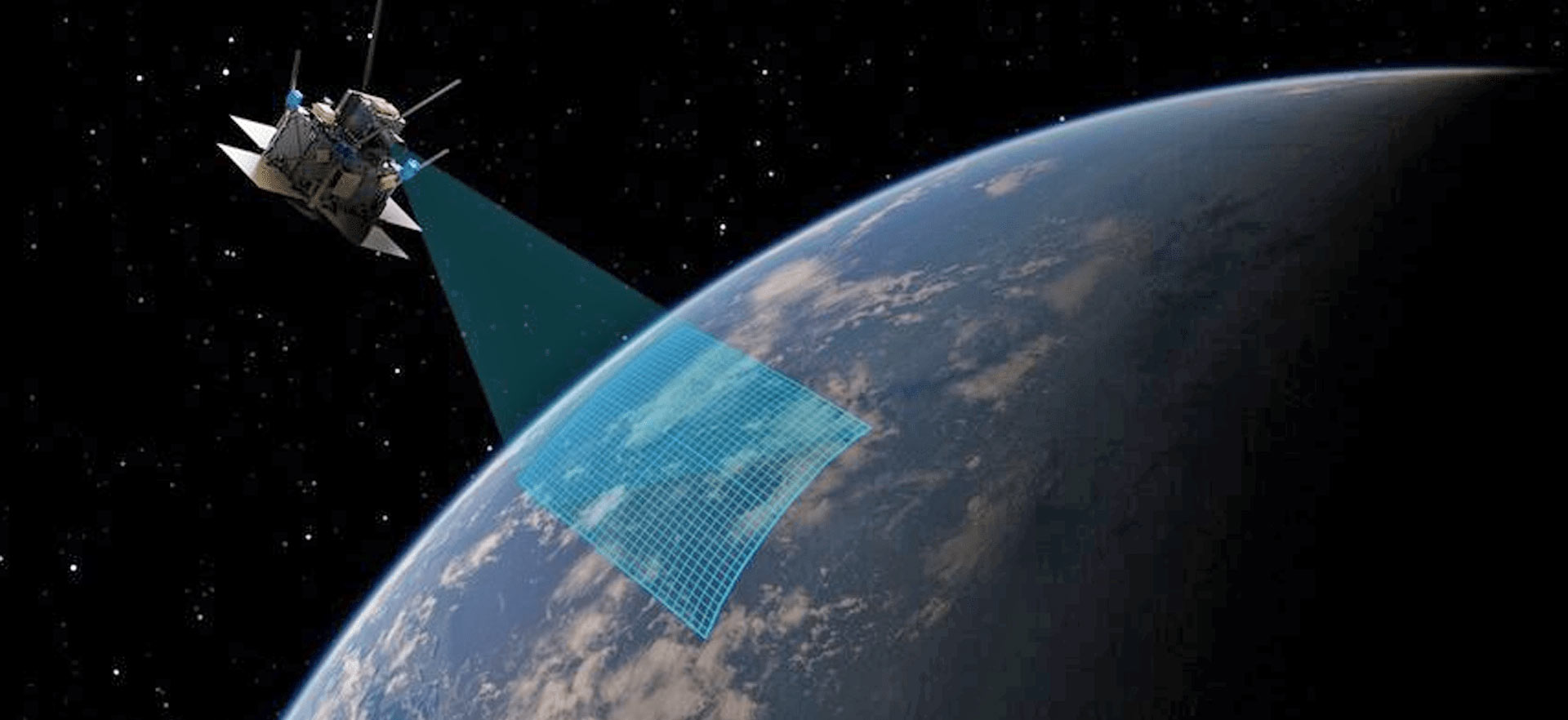
Dream Chaser moves a step closer to first launch
Sierra Space’s Dream Chaser took a step closer to its long-awaited first flight by powering up its systems in a key test.
The company announced May 31 that it had powered up the spaceplane in its assembly facility for the first time, feeding electrical power into the vehicle that, in space, would be generated by its solar panels and turning on flight computers and other components.
“This is a milestone that points to the future and is a key moment in a long journey for Dream Chaser,” said Tom Vice, chief executive of Sierra Space, in a statement about the test.
The test comes as the company prepares to ship the first Dream Chaser, called Tenacity, to NASA’s Neil Armstrong Test Facility in Ohio, the former Plum Brook Station. There, the spacecraft will go through thermal vacuum tests before shipping to Cape Canaveral for final launch preparations.
Sierra Space did not disclose a schedule for those milestones in the announcement of the powering up test. Speaking during a panel at the 38th Space Symposium in April, Janet Kavandi, president of Sierra Space, said Dream Chaser would ship to the test facility “in the July timeframe.”
She said the vehicle would be tested there for a few months before shipping to Florida. “We should be ready to go by the end of this year,” she said of launch plans for Dream Chaser.
That schedule will depend not just on the readiness of Dream Chaser but also the manifest of missions going to the International Space Station as well as the status of United Launch Alliance’s Vulcan Centaur rocket. Dream Chaser is slated to launch on the second Vulcan mission, after a launch of an Astrobotic lunar lander that has slipped to later this summer because of launch vehicle testing issues.
In preparation for that launch, NASA astronaut Jasmin Moghbeli and JAXA astronaut Satoshi Furukawa recently trained on Dream Chaser systems, including how to transfer cargo between the spacecraft and the ISS. Moghbeli and Furukawa are assigned to the Crew-7 mission, scheduled to launch to the station as soon as mid-August, remaining there through February 2024.
Dream Chaser will initially be used to transport cargo to and from the ISS through a Commercial Resupply Services contract with NASA. Sierra Space, though, is planning other applications for the vehicle, including a crewed version. That DC-200 variant will be a little bit larger and have a slightly different outer mold line, Kavanadi said at the conference.
In preparation for those future crewed flights, Sierra Space is planning to select its own professional astronaut corps. “We will do that upon the first successful landing of Dream Chaser,” she said, with an initial group of 12 to 15 people.
Those astronauts will be trained at a facility the company is establishing in Florida, which will also be used to train researchers and other private astronauts planning to go to Orbital Reef, the commercial space station Sierra Space is developing in partnership with Blue Origin and several other companies.



